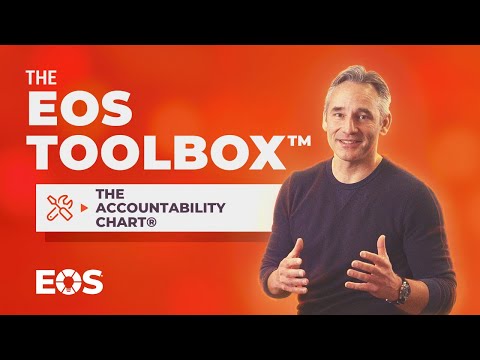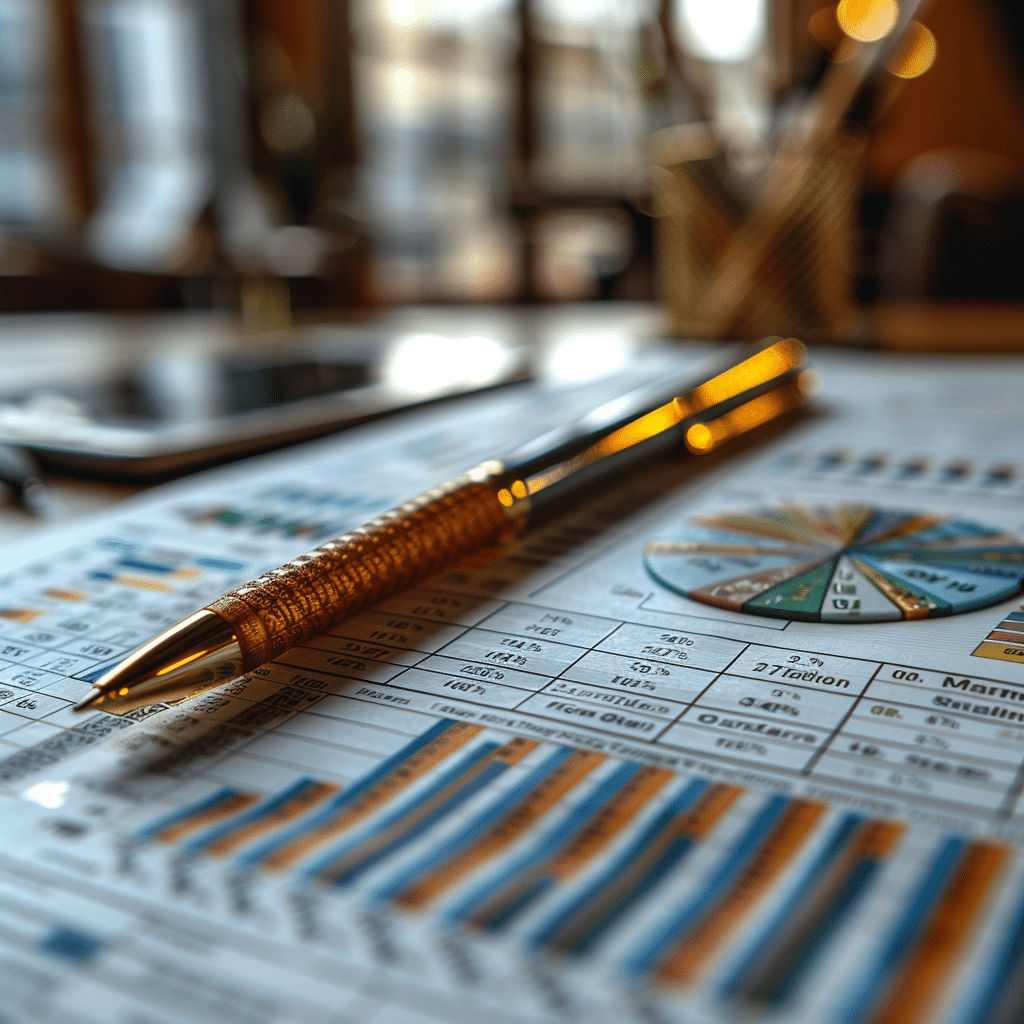In today’s fast-paced corporate environment, an accountability chart is more than just a handy tool—it’s a game changer. An accountability chart is a dynamic blueprint that delineates roles, responsibilities, and reporting lines within a company. It’s the roadmap that guides businesses towards operational clarity and efficiency. By clearly defining who is responsible for what, it enhances accountability and fosters a culture of transparency and productivity. This guide dives deep into the multifaceted nature of accountability charts, offering keen insights, real-world examples, and effective strategies for implementation.

The Accountability Chart: Definition and Importance
Let’s kick things off by defining what an accountability chart really is. Unlike a traditional organizational chart that primarily illustrates hierarchy, an accountability chart clarifies the specific tasks and responsibilities of each role within a business. This distinction is crucial and often missed. It shifts the focus from “who reports to whom” to “who is responsible for what.”
Why is this important? Picture a well-oiled machine like Tesla. When Tesla implemented a robust accountability chart, it witnessed a tangible increase in individual responsibility and project ownership. Individual ownership not only drives performance but also cultivates a culture of responsibility and integrity.

Top 7 Benefits of Using an Accountability Chart

| Aspect | Details |
| Definition | An accountability chart is a visual tool that outlines roles, responsibilities, and reporting relationships within an organization. |
| Purpose | To clarify expectations, streamline operations, and ensure people are accountable for specific tasks and objectives. |
| Key Components | – Roles and Positions – Responsibilities – Reporting Structure – Metrics for Success |
| Benefits | – Improved Clarity – Enhanced Communication – Increased Efficiency – Better Performance Tracking |
| Implementation Steps | – Identify Key Functions – Define Roles and Responsibilities – Establish Reporting Lines – Communicate to Team – Regularly Review and Update |
| Best Practices | – Keep it Simple – Focus on Key Responsibilities – Ensure Transparency – Align with Organizational Goals |
| Common Challenges | – Resistance to Change – Overlapping Roles – Inconsistent Updates – Lack of Management Buy-In |
| Software Tools | – Trello – Asana – Monday.com – Lucidchart – OrgWeaver |
| Price Range (Software) | Typically ranges from free (basic plans) to $50/month/user (for comprehensive project management tools and features) |
| Example Applications | – Project Management – Human Resources – Sales Teams – Customer Service Departments |
Creating an Effective Accountability Chart Template
A powerful accountability chart template is indispensable for organizations aiming to implement this framework. In this section, we’ll outline the essential components of an accountability chart template through a comprehensive example, used by industry leaders like Intel.
Essential Components of an Accountability Chart Template
Customizing the Template for Your Business

Real-World Example: Accountability Chart Implementation at Netflix
Netflix stands out as a prime example of how a well-executed accountability chart can propel a company to new heights. Their chart is a testament to the power of clear roles and nimble reporting structures, enabling rapid decision-making and sustained innovation.
Insights from Netflix’s Accountability Chart Experience

Recap and Future Considerations
An accountability chart is essential for any organization that aims to elevate clarity, communication, and performance. Regular updates to the chart ensure continuous alignment with strategic goals, as vividly demonstrated by companies like Google, Apple, Tesla, Microsoft, Amazon, IBM, and Netflix. As we march into 2024, the integration of technology into these charts will likely advance, offering even more dynamic and real-time adjustments to better meet the needs of businesses and their employees.
For those on the hunt for exceptional speakers to illuminate your events or in need of speaker training, TCAA’s National Speaker bureau, National speakers association, and Speaker Lab provide unparalleled resources to discover and develop top-tier talent. So whether you’re a company striving to improve or a speaker aiming to shine bright, understanding and implementing an accountability chart is your first step towards success.
Feel like your company could benefit from adopting an accountability chart? Take the leap today and watch as accountability, clarity, and communication revolutionize your workplace.
Accountability Chart: Your Ultimate Guide
What is an Accountability Chart?
An accountability chart is a visual tool that helps organizations clearly define roles, responsibilities, and reporting hierarchies. More than just a corporate buzzword, it streamlines operations and enhances transparency across teams. But guess what? The concept isn’t as modern as you might think. Accountability charts can be traced back to the military’s chain of command structures, a system designed to create order (and avoid chaos).
The Economic Impact
Surprisingly, accountability charts can impact a company’s finances too. By clearly delineating responsibilities, firms often see increased efficiency, leading to cost savings. Think about it—knowing exactly who’s responsible for what can prevent the chaos of mixed signals and missed tasks. To understand how these savings might impact homeowners, consider checking out what’s the 30-year mortgage rate.
Random Trivia: Accountability’s Fun Side
Did you know that the concept of clear roles and accountability isn’t limited to business? Even at large events like the Trump rally, organizers use similar charts to ensure everything runs smoothly. From security to crowd management, everyone knows their exact role, significantly reducing risk and improving safety.
Furthermore, the virtual entertainment world leverages accountability charts too. Companies behind popular streaming services like c u e v a n a organize their development and operations teams using similar structures. Each team member has a clear and distinct role, which makes these platforms both reliable and user-friendly.
Linking Health and Efficiency
Interestingly, the principles behind accountability charts are also applicable in sectors like healthcare. For instance, clinics that employ therapist That accept medicaid often utilize these charts to manage patient care effectively. Clear delineation of duties among healthcare providers ensures patients receive timely and coordinated treatments.
Even industries far from the corporate norm find value in maintaining accountability. Talent agencies, for example, utilize these charts to ensure streamlined operations. Curious about their costs and services? You might want to explore agent image pricing to get a better grasp.
In summary, accountability charts aren’t just fancy organizational tools; they’re instruments of efficiency and coordination used in diverse fields, from political events to healthcare. By making responsibilities clear cut, they help businesses and organizations of all sizes streamline their processes and improve overall productivity.



















